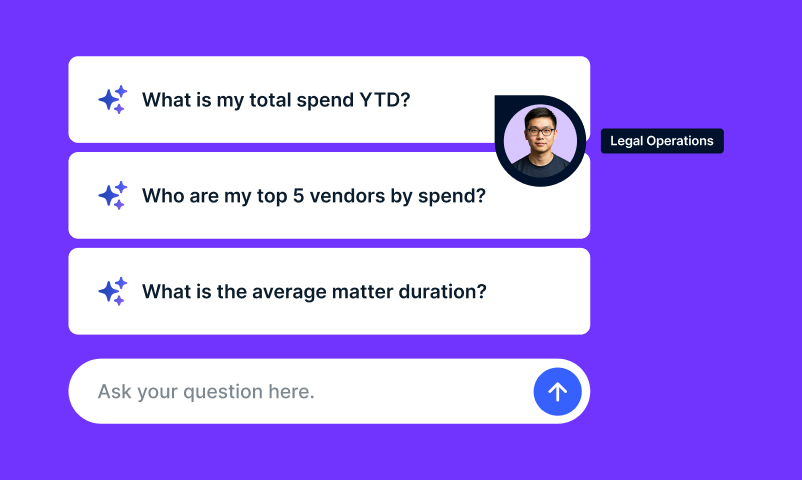From the continued ripple effect resulting from Edward Snowden’s leak of NSA surveillance programs, to increased reporting stemming from the Dodd-Frank Wall Street Reform and Consumer Protection Act, whistleblowing is a hot topic. A recent article in Corporate Counsel, Lawyers on All Sides See Whistleblowing Evolving Fast, explains the changing whistleblowing landscape. For one, the sheer number of whistleblowers has exploded. Take Dodd-Frank for example; according to a SEC report, in 2011 there were 334 tips compared with 3,620 in 2014. Secondly, the awards are getting bigger, with one recent payout amounting to an impressive $30 million. With statistics like these, companies have to be prepared.
Is your organization prepared?
Do you currently have an internal or external reporting policy or program? Even well-intentioned companies with reporting systems in place, haven’t quite found the right balance between encouraging reporting, protecting employees who come forward and protecting the company interests over time. A recent article in the Journal of Accountancy, Are Organizations Hindering Employee Whistleblowing?, discusses this phenomenon:
“Companies that maximize their employees’ willingness to report fraud in-house position themselves to learn about problems before they become bigger issues – and before employees feel the need to report them outside the organization.”
The article also references a 2009 study published in Auditing: Practice & Theory, that found that employees are more hesitant to report possible fraud to outsiders as opposed to using internal company reporting programs. In addition, employees are much more willing to report if they can do so anonymously.
Onit can help.
The Onit Whistleblower App enables you to customize an internal reporting & case management system for your organization’s needs. Using simple reporting forms, employees can anonymously report issues into a single repository, giving management visibility into potential problems that might otherwise go unnoticed or unreported. The larger benefit to the company, of course, is that by getting early insight into exposed risk, management can start internal investigations and address the issue before it becomes a much larger problem. As with other Onit solutions, the Whistleblower App allows for a collaborative workspace, enhanced visibility into cases, and supports compliance with the Sarbanes-Oxley Act. Affordable, intuitive and easy to use, Onit’s Whistleblower App can help you effectively manage your organization’s risk and exposure in a way that encourages employee reporting in a protected environment.
Click here to learn more about our Whistleblower App. Contact us to find out how Onit Apps can help streamline any number of your business processes.


